
John Phillips FRS was an English geologist. In 1841 he published the first global geologic time scale based on the correlation of fossils in rock strata, thereby helping to standardize terminology including the term Mesozoic, which he invented.

The Abbey of St Mary is a ruined Benedictine abbey in York, England and a scheduled monument.
Philip Phillips was an influential archaeologist in the United States during the 20th century. Although his first graduate work was in architecture, he later received a doctorate from Harvard University under advisor Alfred Marston Tozzer. His first archaeological experiences were on Iroquois sites, but he specialized in the Mississippian culture, especially its Lower Mississippi Valley incarnation.
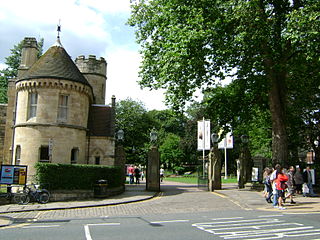
The York Museum Gardens are botanic gardens in the centre of York, England, beside the River Ouse. They cover an area of 10 acres (4.0 ha) of the former grounds of St Mary's Abbey, and were created in the 1830s by the Yorkshire Philosophical Society along with the Yorkshire Museum which they contain.
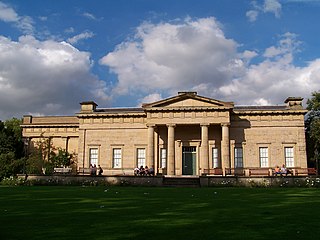
The Yorkshire Museum is a museum in York, England. It was opened in 1830, and has five permanent collections, covering biology, geology, archaeology, numismatics and astronomy.
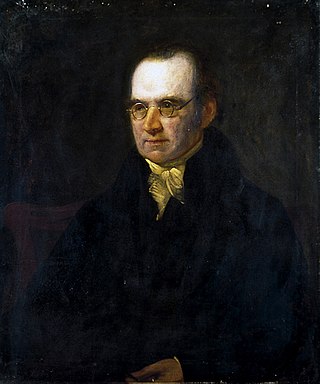
Charles Wellbeloved was an English Unitarian divine and archaeologist.

William Hincks was an Irish Unitarian minister, theologian and professor of natural history. He was the first professor of natural history at University College, Toronto and president of the Canadian Institute. He was also the first editor of the Unitarian magazine The Inquirer.
John Wilfrid Jackson was a British conchologist, archaeologist and geologist.

Frank Watson Elgee was a published archaeologist, geologist and naturalist. He wrote several books on the North York Moors such as The Moorlands of North-Eastern Yorkshire (1912), The Romans in Cleveland (1923) and Early Man in North East Yorkshire (1930). In 1933 Leeds University conferred on him an Honorary degree of Doctor of Philosophy.

Philip Corder was a British archaeologist and curator, and president (1954-1957) of the Royal Archaeological Institute.

John Lamplugh Kirk MRCS was a British medical doctor, amateur archaeologist and founder of York Castle Museum in York, North Yorkshire.

William Arthur Evelyn was a historian of York, England. He championed the preservation and conservation of the city’s architectural and archaeological heritage. He also gathered an extensive collection of paintings, drawings and photographs of the city. The artworks were later sold to York Art Gallery. The Evelyn collection of photographs are now cared for by the Yorkshire Architectural and York Archaeological Society.

Henry Baines was a notable botanist who lived in York.
Walter Harvey Brook was an English antiquarian, artist and curator based in York.

George Francis Willmot BA FSA (1908–1977) was a British archaeologist and curator based in York

Elizabeth Grayson Hartley, was an American archaeologist and curator. She spent most of her career as the Keeper of Archaeology at the Yorkshire Museum in York.
Henry Maurice Platnauer was a British mineralogist and Museum Curator.
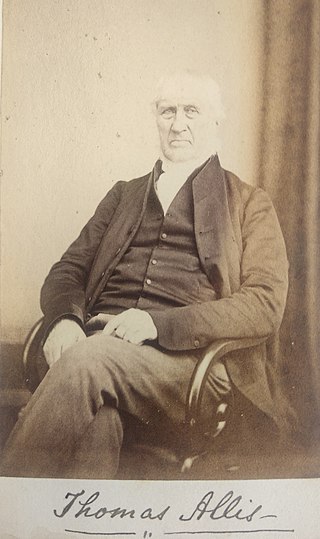
Thomas Allis was a British osteologist and museum curator.
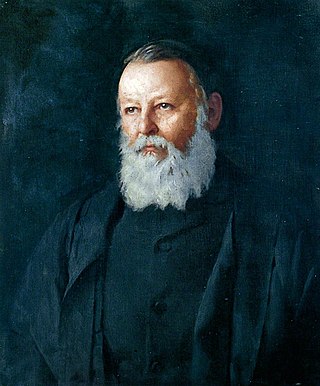
John Francis Walker was a natural scientist, teacher, and museum curator.
George Benson was a British architect and antiquarian.


















